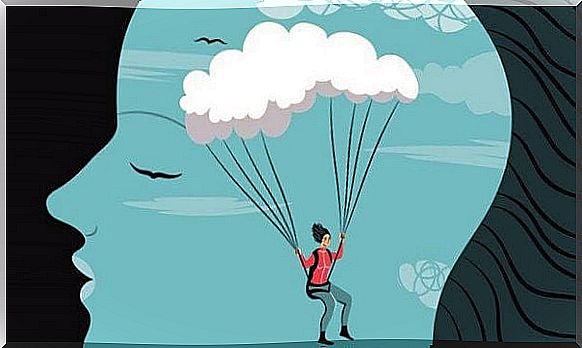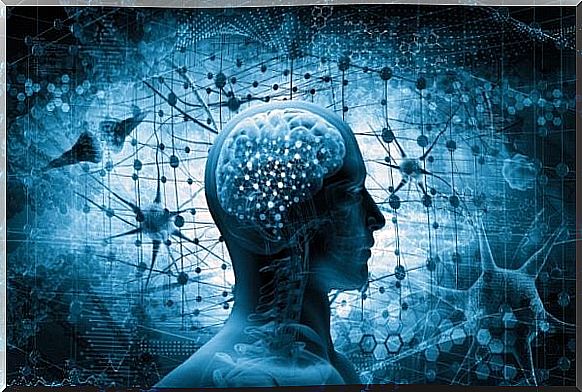The Four Types Of Intuitive Thinking

Even now, intuitive thinking is a mystery to the world of science. We have managed to make some progress and gain a better understanding of this fascinating, unexpected part of our brain. It lies somewhere between emotion and rationality, which makes it so mysterious.
Intuitive thinking is basically the kind of thinking that helps you understand the reality of the moment, without logic or analysis. There is no language involved in it either. It’s just and signs and emotions. Most often it goes against what we might think of as “rational”.
According to science, intuitive thinking takes place in a part of the brain that is close to the cone gland. In other words, it is located in the center of your forehead, between your eyebrows. You can not use intuitive thinking whenever you want. It only occurs in “moments of inspiration”. Plus, it actually works. There are some people who call the doctor “clinical eye” or being “a visionary”.

Intuitive thinking and science
The subject of intuitive thinking has led to all kinds of speculation. But since it is so strongly tied to our emotions, it is not easy to verify anything about it. It just takes over people from time to time, and makes it so that what the “intuitive” will actually happen.
But science has tried this problem. A major program studying it is the Laboratory of Brain Evolution and Behavior (part of the National Institute of Mental Health in the United States), with Paul MacLean as its current director.
According to their research , intuitive thinking comes from the neocortex. This is a special part of the brain that has elements of both parts of the brain. Although they are not sure how it works, they think it has something to do with the immediate processing of knowledge, experiences and the signs around you. The end result of that processing is a correct interpretation of reality.
The four types of intuitive thinking
People have always talked about intuition as a kind of “spark” that flares up and sheds light on things. Even Albert Einstein said that his studies relied heavily on intuition. Ultimately, artists are the ones who depend on it the most.

The theory is that there are four different types of intuitive thinking. Here they are:
- Emotional intuitive thinking. It has to do with your ability to instantly pick up on others’ characteristics and emotional state. You can see who they are and how they feel, even without saying anything.
- Mental intuitive thinking. This is about finding an immediate answer to a problem, without analyzing it. It is very common in people who have jobs that require quick choices, such as firefighters and bomb technicians.
- Mentally intuitive thinking. This means having the ability to choose the best path to overcome personal difficulties, without spending so much mental effort. It also means being able to pick up social and work-related dynamics.
- Spiritual intuitive thinking. This has to do with the “state of enlightenment” or “revelations”. They are more like an experience than a fact. Buddhists talk about this type of intuition more than anyone else, which has given it a mysterious quality.

Is it possible to improve their intuition?
It is difficult for many of us in the West to listen to our intuition. We are all blind to rationality, so it is difficult for us to believe in something that does not use logic or another scientific system. We push away many of the things that seem difficult to explain. This is exactly why we struggle so much to use our intuition.
And on top of that, not trusting yourself will also block your ability to think intuitively. If you doubt your subjective experiences a lot, all intuition will be polluted by that doubt. So instead of helping you get the right answer (which is intuition), you just get confused and skeptical.
The best way to improve your intuition is to let it flow a little more freely. A good strategy is to write down the first thing you think of in each situation. Be sure to put it on a sheet of paper before taking over the reasoning. Let it come exactly as you see it, as if you were writing automatically.
Afterwards, you can look over your notes and see if your first interpretations were valid. They either were or were not. If it makes sense and helps you resolve or understand a situation better, then it is intuition. Doesn’t this sound like a fascinating exercise? Why not try?









